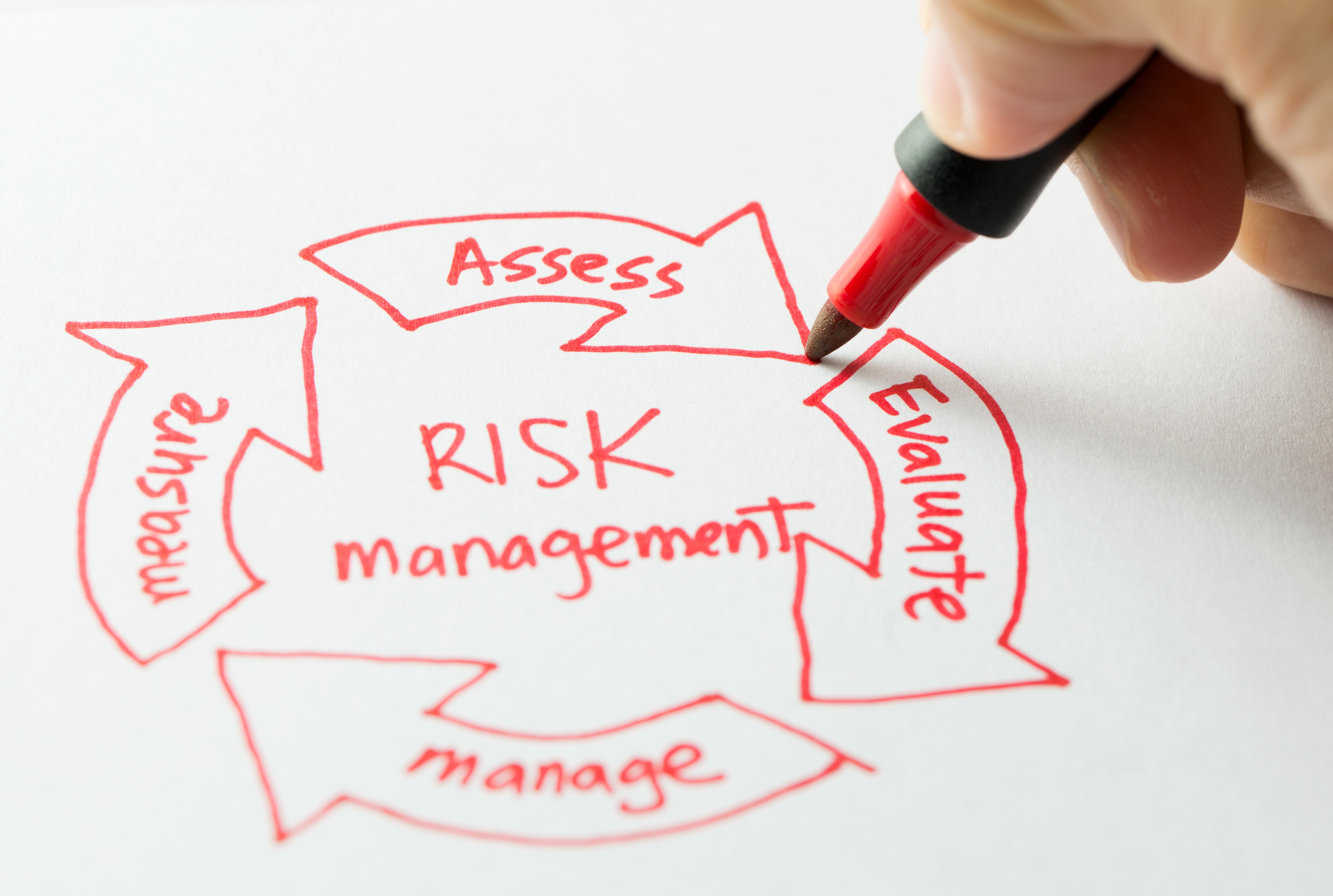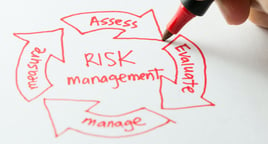
Regulations & Reputations: How Compliant Is Your Supply Chain?

With both technology and tech-related threats evolving faster than ever before, supply chain risks have taken on a new meaning in today’s digital world. While traditional supply chain risk management revolved around factors such as strategy, market reality and performance risks, today it must also focus on cybersecurity controls and data breach risk mitigation. As a business owner, you need to carry out due diligence to ensure your supply chain is compliant with data protection regulations.
If your supply chain is non-compliant with regulatory standards, it adds to your business’ compliance risks since regulations will hold you accountable for data breaches arising from vendor security weakness.
Here’s an example of how two major global regulatory standards treat supply chain compliance under their purview:
- Healthcare Portability and Availability Act (HIPAA): If you fail to enter into a business associate agreement that covers the way third parties (your vendors or partners) manage personal health information (PHI) or electronic PHI (ePHI), you will be fined for both entities.
- General Data Protection Regulation (GDPR): GDPR’s 72-hour breach notification requirement applies to both data controllers (your business) and data processors (your supply chain). Simply put, you are responsible for notifying your customers even if it is your vendor that has suffered a data breach. Failing to do so will make your business liable to pay penalties.
Remember, it takes years to build your business’ reputation, but just one unfortunate moment to ruin it all.
Continue reading to understand how your supply chain can add to your compliance risks, what challenges you will face while tackling supply chain risks and how you can start ensuring supply chain compliance immediately.
Risks to Watch Out For
 While auditing your business and your supply chain for non-compliance, a regulatory agency will scrutinize whether enough has been done to protect the data from falling into the hands of nefarious insiders or cybercriminals.
While auditing your business and your supply chain for non-compliance, a regulatory agency will scrutinize whether enough has been done to protect the data from falling into the hands of nefarious insiders or cybercriminals.
Here are a few of the most common reasons why your supply chain could be declared non-compliant with data protection mandates laid down by most regulatory authorities:
- Poor information security practices or controls followed/implemented by your suppliers
- Compromised software or hardware acquired from suppliers
- Existence of software security vulnerabilities in the supplier systems
- Usage of counterfeit hardware or hardware with embedded malware
- Potential threats from third-party data storage or data aggregators
- Data security breaches or hacks within the supply chain that exposes the protected data of your clients
Challenges You Must Gear Up For
Constantly monitoring your third-party business partners for possible occurrences of non-compliance can be quite an ordeal. Here are some common challenges you need to be prepared to deal with:
 Cybersecurity Monitoring: Ensuring your supply chain’s cybersecurity posture is as updated as yours can be challenging since a one-time review will not suffice.
Cybersecurity Monitoring: Ensuring your supply chain’s cybersecurity posture is as updated as yours can be challenging since a one-time review will not suffice.- Patch Management: All it takes is the compromise of a single device in your vendor’s network to put sensitive data at risk. Ensuring your vendor follows a strict patch management program can be quite a task.
- Password Hygiene: Data breaches tend to occur more due to human error than technology failure. Even if a single employee violates your vendor’s strict password policies, the integrity of all the data could be compromised. Making sure unpleasant events such as this are avoided is sure to keep you on your toes.
- Employee Training: Despite sufficient training, employees still tend to fall prey to cyberthreats such as phishing attacks. Ensuring the effectiveness of security awareness training is a never-ending challenge.
Implementing Effective Supply Chain Risk Management
 Implementing powerful and effective supply chain risk management requires continued effort. It is not a one-and-done exercise. Therefore, to start off on the right foot, you need to base your strategy on best practice principles such as:
Implementing powerful and effective supply chain risk management requires continued effort. It is not a one-and-done exercise. Therefore, to start off on the right foot, you need to base your strategy on best practice principles such as:
- Establishing control requirements in service level agreements (SLAs): Your SLAs must legally require your supply chain to align with your compliance stance. You must clearly define the data security controls you expect the third-party partner to implement. For example, you can incorporate a policy to encrypt at-rest or in-transit data to ensure enhanced data protection. This could be the beginning of establishing strict and thorough vetting as well as a due diligence policy for vendors/partners.
- Insisting on transparency and visibility: You must learn to follow the ‘trust but verify’ principle to ensure your supply chain produces documented evidence of compliance. You must hold your supply chain responsible for any lack of transparency.
- Establishing standards for data structure and collaboration: As mentioned earlier, it’s the ‘data’ that is key in compliance. You must carefully analyze what you know, what you are told, what you can verify, what you can monitor and whether the data is right. Any opacity in this matter that leads to a breach or regulatory action can seriously damage your business’ reputation and the trust of your customers.
- Build a communications channel: A suitable communications channel between your business and your supply chain is non-negotiable. Only when this is built will you be able to ensure hassle-free, continuous monitoring and mitigation of supply chain compliance risks.
Unfortunately, with today’s threat landscape being the way it is, you no longer have the luxury of relying on your supply chain’s cybersecurity risk management and compliance purely based on their word. Your business needs to establish and monitor visibility into your supply chain’s commitment to compliance in order to avoid violations and penalties incurred by association. Keep in mind that your inaction could endanger the security of protected data and irreversibly damage your organization’s reputation.

Although all this may seem overwhelming, identifying and mitigating supply chain compliance and cybersecurity risks doesn’t have to be chaotic with the right partner by your side.
Reach out to us at Koresales@kavaliro.com and let us help you mitigate security and compliance risks from within your supply chain and strengthen your commitment to compliance.
Kevin Drinan – CMMC-RP Managed IT Services Division
Article curated and used by permission.